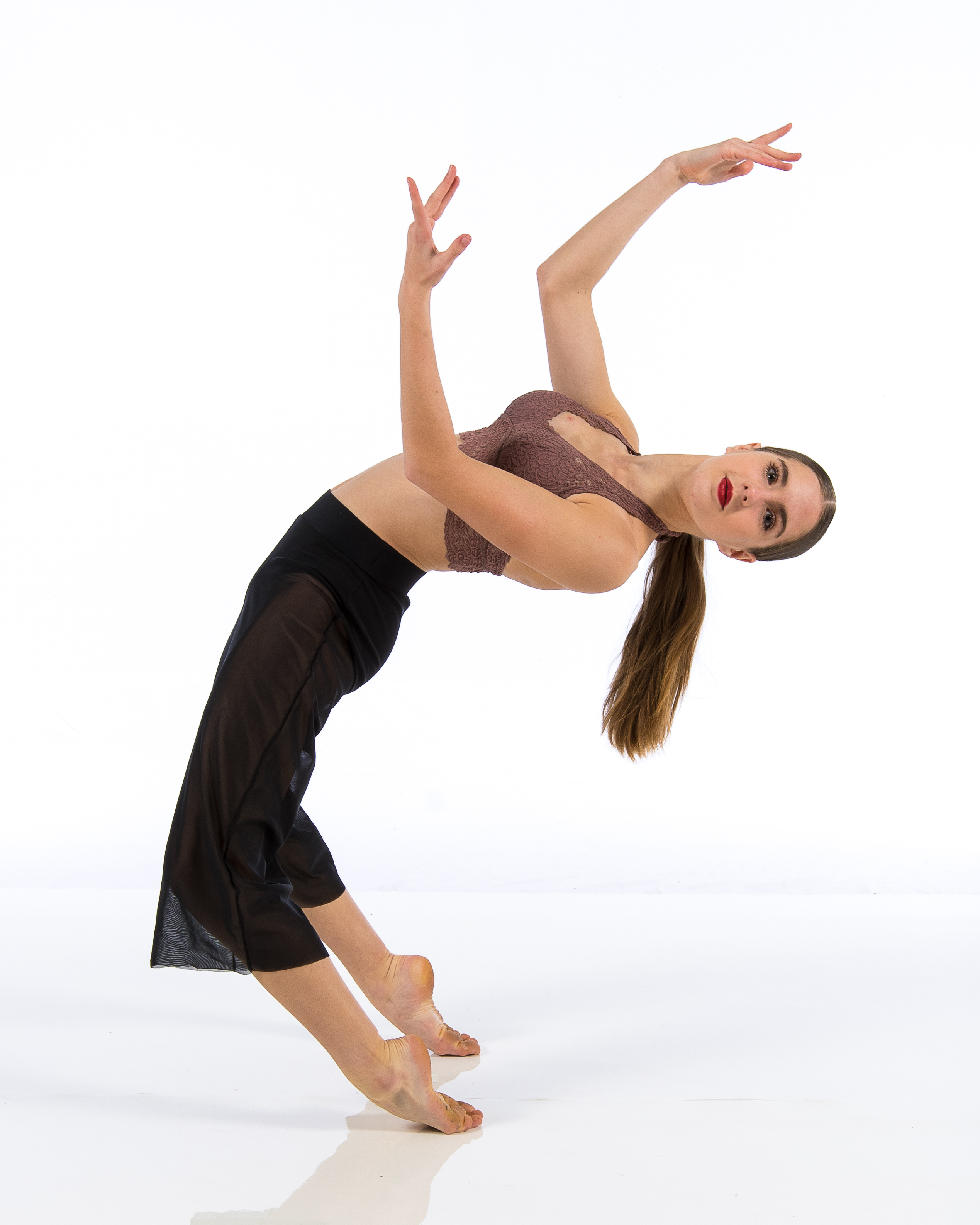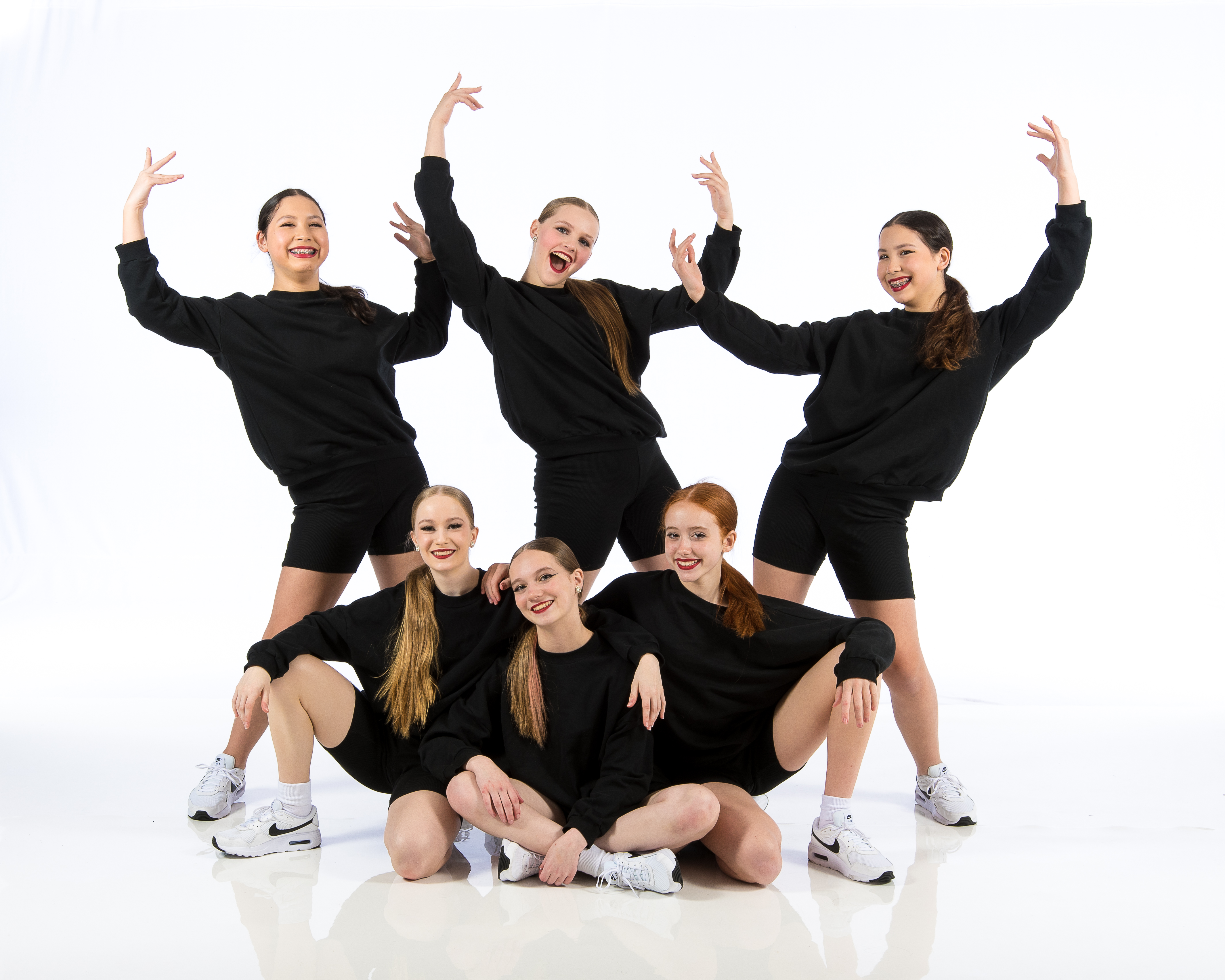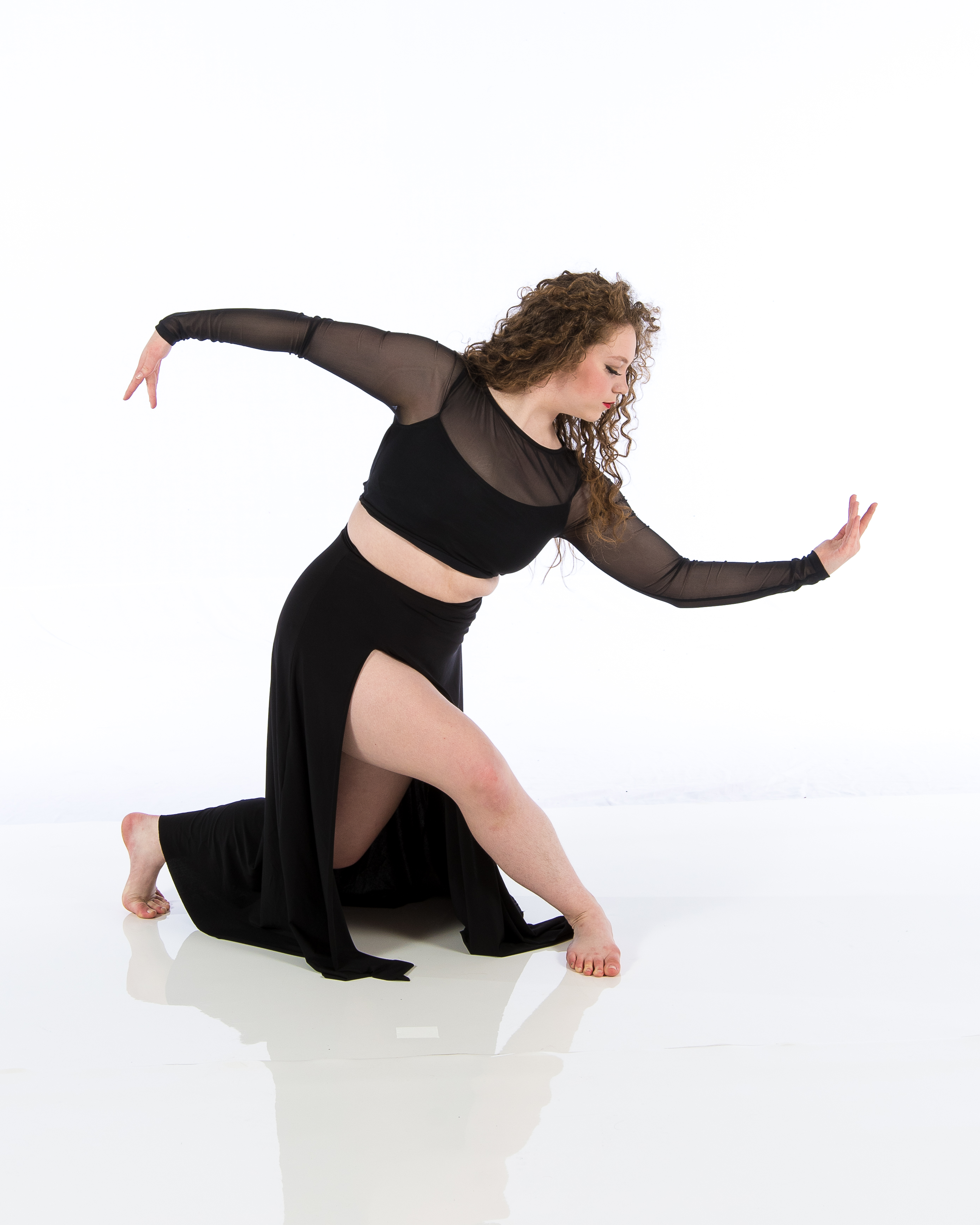Introduction: Why Warm-Ups Matter
When it comes to dance, whether you're in a bustling dance studio or an elegant ballet studio, the excitement of stepping onto the floor can often overshadow the importance of preparation. But let me tell you, diving straight into choreography without a proper warm-up is like trying to drive a car that hasn’t had its engine checked. It might run, but it’s not going to be smooth sailing. This article will explore The Importance of Warm-Up Routines Before Class, highlighting how they set the tone for your entire session and contribute significantly to performance quality and injury prevention.
The Importance of Warm-Up Routines Before Class
Understanding Warm-Ups: A Dancer's Ritual
Warm-ups are more than just stretching; they’re a comprehensive process designed to prepare your body and mind for the physical demands of dancing. They increase blood flow to muscles, enhance flexibility, and optimize coordination. Think of them as your body’s personal coffee before the big meeting—essential for peak performance.
Physical Benefits- Increases heart rate Improves circulation Enhances joint mobility
- Helps focus attention Reduces anxiety Prepares for creative expression
- Warms up muscles gradually Reduces muscle stiffness Minimizes strain on ligaments and tendons
Key Components of an Effective Warm-Up Routine
Dynamic Stretching vs. Static Stretching
Dynamic stretching involves active movements that stretch your muscles while increasing your pulse rate. On the other hand, static stretching requires holding a position for an extended period—perfect after class but not so much before.
- Dynamic Stretching Techniques: Leg swings Arm circles Torso twists Static Stretching Techniques: Hamstring stretch Quadriceps stretch Shoulder stretch
Incorporating Cardio into Your Routine
Cardiovascular exercises—like light jogging or jumping jacks—are essential to elevate your heart rate and get those muscles ready for action.
- Example Cardio Drills: Skipping rope (5 minutes) High knees (30 seconds) Butt kicks (30 seconds)
Crafting Your Personal Warm-Up Routine
Establishing Goals for Your Warm-Up
Before starting, think about what you want to achieve: are you focusing on flexibility today? Or perhaps endurance? Tailoring your routine can maximize your effectiveness.
Components of a Personalized Routine
Start with light cardio (5-10 minutes) Engage in dynamic stretches (10-15 minutes) Target specific muscle groups used in class (10 minutes) Cool down with static stretches post-classThe Role of Music in Your Warm-Up
Music can transform your warm-up from mundane to magical! Choosing upbeat tunes can motivate you while allowing you to find your rhythm even before dance studio class starts.
Creating Your Warm-Up Playlist
Consider including tracks that resonate with you personally—those that make you want to move!
Upbeat pop songs Instrumental tracks for concentration Classics from renowned composers for ballet sessionsCommon Mistakes in Warm-Up Routines
Skipping the Warm-Up Entirely!
We’ve all been there—running late and thinking, “I’ll just skip it this time!” But this is one of the biggest mistakes dancers make.
Overstretching Before Class
Another common pitfall is overstretching, which can lead to injuries rather than prevent them.
Benefits Experienced by Regular Practitioners
Dancers who consistently incorporate warm-up routines notice significant differences over time:
- Improved flexibility Better muscle memory Enhanced overall performance
FAQ Section: Addressing Common Concerns About Pre-Class Routines
Q1: How long should my warm-up last?
A1: Ideally, a warm-up should last between 15-30 minutes depending on your age and fitness level.
Q2: Can I do my warm-up at home before class?
A2: Absolutely! Just ensure you have enough space and resources to perform each movement safely.
Q3: Is it necessary if I've danced before?
A3: Yes! Every class is different, and warming up prepares you specifically for that day's activities.

Q4: What if I feel pain during my warm-up?
A4: Stop immediately! Pain is usually an indication that something isn’t right; consult a professional if necessary.
Q5: Should my warm-up include strength training?
A5: While it's not typical, incorporating light strength exercises can be beneficial if aligned with the day’s focus.


Q6: Can I skip certain parts of my routine?
A6: It’s best not to skip any segments; each component plays a role in preparing both body and mind.
Conclusion: Embrace the Warm-Up Culture
In summary, The Importance of Warm-Up Routines Before Class cannot be overstated—these rituals prepare our bodies physically while sharpening our mental focus, ensuring we’re ready to take on whatever comes next in our dance journey. So next time you step into that lively dance studio or serene ballet studio, remember that taking those few extra minutes could be the difference between merely participating and truly shining!
This article serves as a guide not just for dancers but also instructors looking to instill better practices among their students within the realm of dance education. With proper warm-ups integrated into routines, dancers will undoubtedly experience enhanced performances while reducing risks associated with injuries—a win-win situation every dancer craves!
With these insights under your belt, you'll be well-equipped to elevate both your practice sessions at any dance studio or ballet studio and perhaps inspire others along the way!